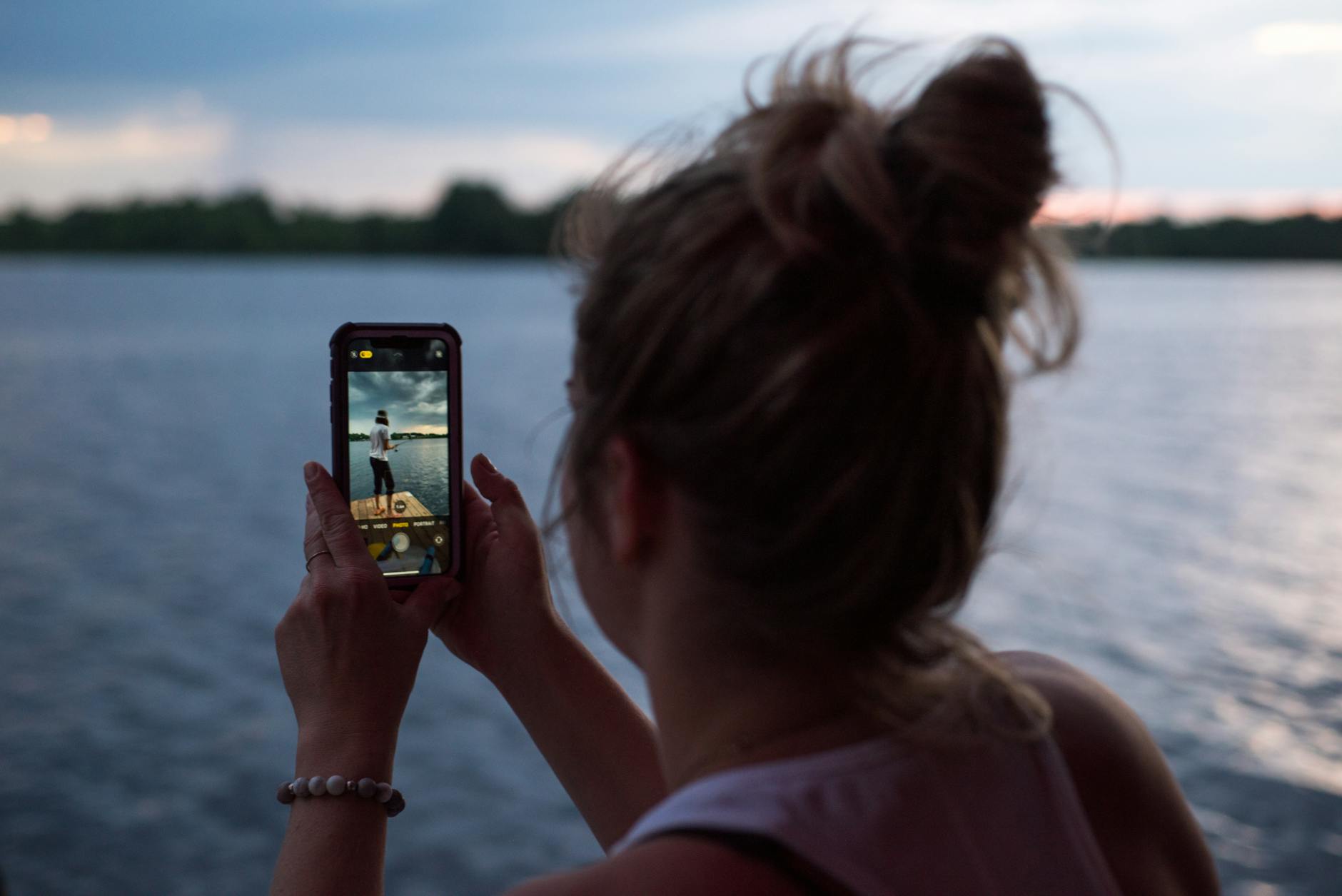The state of the art is in such transition here. The future (e.g. Nest) seems pretty clear. Everything should be IP based, we get out of these incredibly high fee driven systems (although Comcast and AT&T are both trying to monetize).
This is a great example of how current systems for burglar, smoke and fire, phone, HVAC, water and gas leak detection, home theater and surveillance don’t mesh super well. And it is too expensive to just buy a whole new system because of the rewiring and other costs. Sam just asked me what I thought of the whole area and I’ve been meaning to do a post on it:
- The first thing is that it is very expensive to rip everything up, so that means a “layered” or migration strategy probably makes the most sense. The most important thing is getting the existing stuff to speak IP so that you can use one broadband pipe and having systems that do the translation.
-
We want to eventually get to all IP in the house, broadband internet outside and then you can monitor by VPN and other internet tunneling techniques. The core infrastructure pieces are a good home ethernet and wifi plus a NAS in your basement and then broad band to the outside world.
So here is how to deal with existing devices:
- Existing burglar and fire alarms. The biggest thing is what to do with existing burglar alarms. These boxes are super expensive and the system providers are on the old model where they charge a lot for the device, the sensors are embedded. Their main interface is the RJ-11 jack to call someone when there is a problem. Right now, for me, it’s the only reason I am paying $20/month to Comcast for phone service. The solution is to find something that does this translation. I spent quite a bit of time looking at Skype devices that would take a phone and connect it. But these had low ratings and there is the problem of the phone number. Ooma ($109) or so seems like the ticket. It has no monthly charge and you buy a box with a phone number which allows existing phones to dial out. We already have such a thing for our VPIP on Comcast, so this will pay off in less than a year and we are not tethered to Comcast.
Existing home phones. While we mainly use mobile phones (thank goodness Verizon coverage is decent in the house), the Ooma or Comcast IP works well so you don’t have to replace existing phone RJ-11 systems.
Existing cameras. If you have old surveillance cameras, the key is to find a place to store it that is inexpensive. While Dropcam and others have monitoring services and storage, the best thing seems to be to take advantage of the integration that Synology and other NAS vendors have. Having a local NAS and then ability to rsync or copy out makes so much sense for surveillance. The system is free for two cameras and there is nominal one time charge to add more. They support lots of different legacy ones too. So that’s a great solution. You just need to also have a backup solution. Crashplan is nearly ideal for this purpose as you normally have 30 days worth of storage for video and crash plan let’s you look at it.
Existing lighting systems. Well if you like this kind of mood lighting that Lutron has it is super expensive. This is again the case where they sell IP integration now, but I’m not sure you want it. Probably best to leave this standalone if you have it.
Existing home audio and theater. This is the domain of Crestron or ridiculously complicated remote controls. Sonus also sells standalone systems. The perfect system without locking doesn’t really exist yet. Since we are mainly a iOS family we’ve found that the best integration is to use Apple Airport Express to connect to home audio and then suffer through the remote crisis.
And then the idea is that you should layer on new things but not replace the old:
- New cameras. Most of these are IP based, so just make sure they hook into your IP network and then have them connect to your NAS. Managing these things is a bear, but Synology for instance allows you to use it as the central user interface. I’ve found just using a web browser works the best though. You want a camera that is high resolution that does video that is at least HD and which has a wide latitude. Also most of the time what you really want is time lapse high resolution at 5MP as even HD is very grainy. I haven’t found a great camera for this. Dropcam Pro is nice, but it is tied to their device. The Axis and professional cameras are super expensive. For indoor surveillance, the el cheapo cameras really are not very good too. Ironically, I think a Raspberry Pi with its camera is probably the best image quality right now although you have to home-brew hack the thing.
New burglar alarm detection and fire detection. This is expensive and hard to figure out, but I’d say that if you can you should wait. Kickstarter has an amazing array of folks working on IP-based systems. I’m sure one will emerge so hold on i you can.
New HVAC. Nest is a way to integrate your systems. I’ve not looked into it too much as the existing things are really complicated to figure out. We have one of those programmable things.
New home theater. There are lots of IP based systems right now. You just have to put emitters on all your devices. Global Cache seems to be the standard for IR2IP which is perfect. I’m putting them on devices when I have time and then figuring out control next is harder. There are many systems that let you use your existing tablets and phones now, so the home theater thing is much simpler. The main thing is the programming takes forever. But we are very close to a single remote for everything. It’s your phone.
The main gotchas in this are:
-
If you DIY it is super frustrating and you are in the world of Linux and trying to make it work. There isn’t much that just works out of the box. The things that do have massive monthly charges or lock in. After all, given Snowden, how good do you really feel about handing over all your home video feeds to Comcast or AT&T?
-
I’ve tried so many of these dynamic DNS solutions for accessing your NAS directly over the Internet. There are two big problems. The first is of course security, you are allowing inbound connections, so you have to stay on top of everything. And second is that most don’t work even if you do configure them. I’ve tried everything for Plex Media to Synology cloud to DynDNS. They are not reliable and not very secure. So the best answer is to push things into a cloud outbound only from your home. Then things seem to work well. That’s why Crashplan and Bluehost are so important to me, they look just like storage. If you are a big boy a direct connection to AWS doesn’t sound so bad.
-
Privacy is the other problem. Anything that gets pushed into the cloud means that someone else can see it. So you want “zero knowledge” vendors. Crashplan works that way and if you are willing to pay for lots of storage, theoretically, you could get a AWS host to do the same. Do the encryption on your personal machines and only store encrypted data in the cloud.




